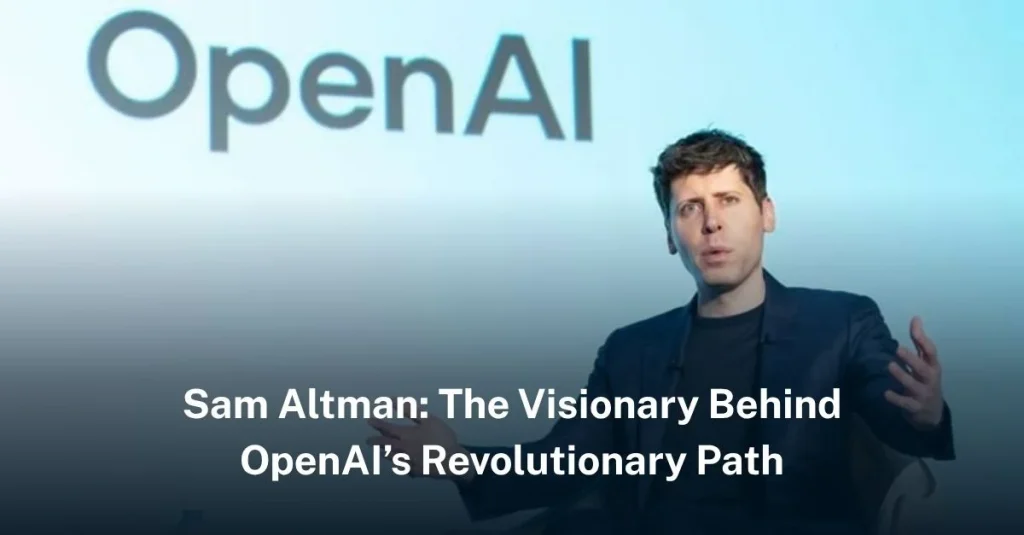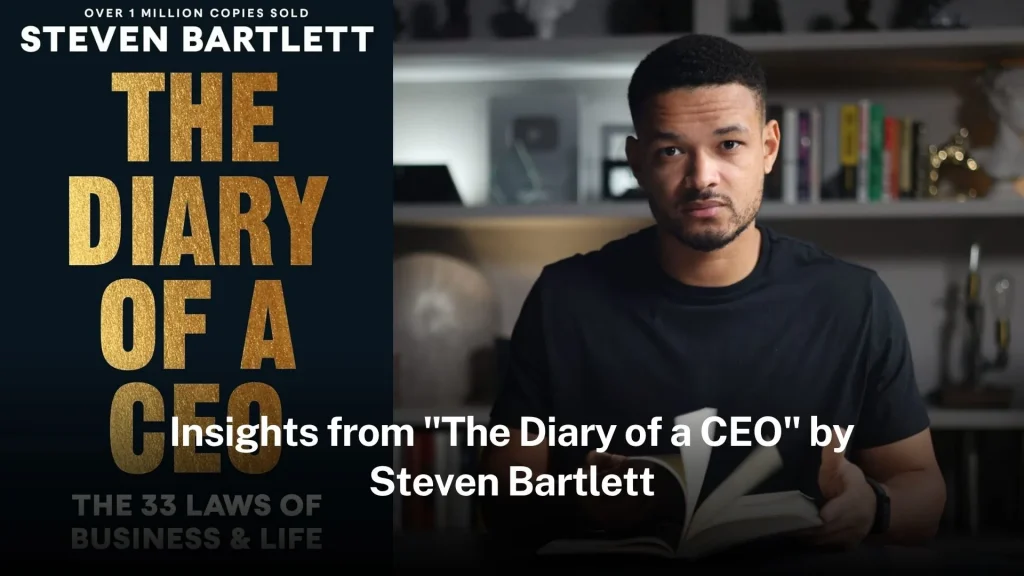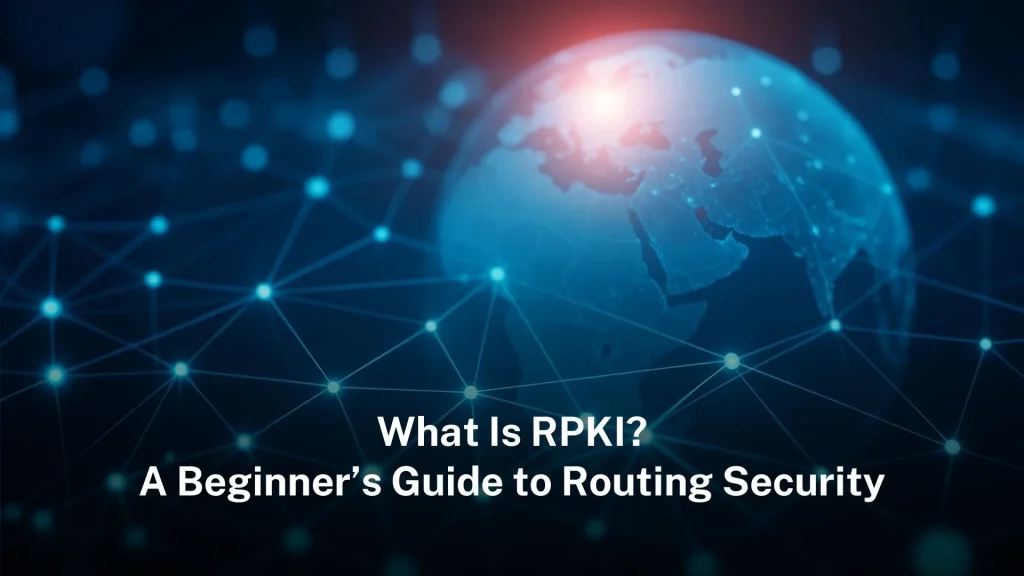The Class Ceiling: Why it Pays to be Privileged by Sam Friedman and Daniel Laurison explores how social class impacts career progression, revealing hidden advantages enjoyed by the privileged. Despite the promise of meritocracy, people from wealthier backgrounds benefit from cultural fit, social capital, and workplace dynamics, creating a class-based barrier to success in elite professions.
1. The Myth of Meritocracy
One of the central insights from the book is that hard work and talent alone are often insufficient for career success, especially in elite professions. Even in industries that claim to value merit, people from privileged backgrounds have an easier time climbing the career ladder due to unseen advantages like social networks, cultural familiarity, and financial resources. This challenges the commonly held belief that we live in a purely meritocratic society.
2. Cultural Fit and Workplace Dynamics
Employers often hire or promote individuals based on their perceived “cultural fit,” which tends to favor people from privileged backgrounds. This can be seen in everything from casual conversations at work to unspoken norms around dress, demeanor, and hobbies. Those who don’t naturally fit these norms are often overlooked for promotions or seen as less competent, even if their actual performance is strong.
3. Subtle Class Discrimination
Discrimination based on class can be harder to spot compared to race or gender, but it’s pervasive. Individuals from working-class backgrounds often experience microaggressions or exclusion in professional settings, such as being made to feel like outsiders in social settings, which ultimately affects their ability to progress. The book demonstrates how subtle workplace dynamics benefit the privileged while holding back those from less affluent backgrounds.
4. The Importance of Social and Cultural Capital
People from privileged backgrounds often benefit from both social capital (connections) and cultural capital (familiarity with elite norms and behaviors). This allows them to navigate career environments with greater ease, network more effectively, and access better job opportunities. In contrast, those from working-class backgrounds often lack these unspoken advantages, even if they have similar or better qualifications.
5. Inequality in Pay and Progression
Even when individuals from less privileged backgrounds break into elite professions, they tend to earn less and are promoted less frequently than their peers from wealthier backgrounds. This pay gap persists even when controlling for education and experience, showing that the class ceiling is not just about entry into prestigious jobs but also about long-term career success.
6. Self-Perpetuating Elites
The book highlights how elite professions are often self-perpetuating. People in positions of power tend to hire others who are similar to them in terms of background and social class, thereby reinforcing inequality across generations. This creates a “class ceiling” that is difficult to break for those without pre-existing connections or the “right” background.
7. Emotional Costs of Class Mobility
Another powerful insight is the emotional toll that class mobility can take on individuals. Moving into elite professions often means navigating a world that feels foreign, and this can lead to feelings of alienation or imposter syndrome. The book emphasizes the psychological burden on people who manage to break into higher echelons despite their background but constantly feel out of place.
8. Policy Implications
The book calls for changes in organizational practices and government policies to address the class ceiling. This includes implementing more transparent recruitment processes, addressing unconscious biases in hiring, and ensuring that promotions are based on objective performance rather than informal social dynamics. It also highlights the need for policies that ensure better access to opportunities for people from all backgrounds, such as financial support for education and broader networking opportunities.
Summary of the book
These insights reveal the deep-seated nature of class inequality, even in modern professional environments. The book offers a critical lens on how privilege continues to shape career success and suggests that achieving true equality of opportunity will require significant changes at both institutional and societal levels.









Leave a Reply